Colin Rayment - Architects of Orion (2017)
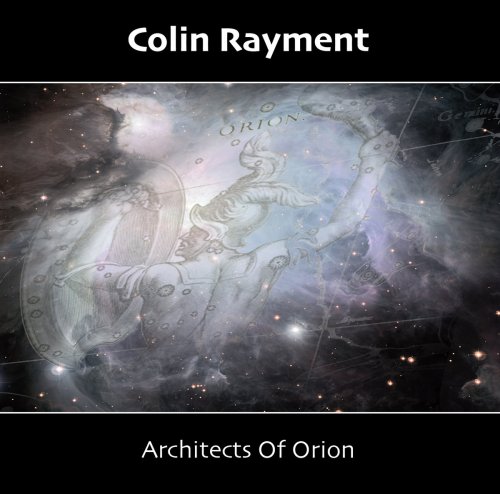
Artist: Colin Rayment
Title: Architects of Orion
Year Of Release: 2017
Label: SynGate Records
Genre: Electronic, Ambient, New Age
Quality: 320 Kbps
Total Time: 56:38 min
Total Size: 130 MB
WebSite: Album Preview
Tracklist:Title: Architects of Orion
Year Of Release: 2017
Label: SynGate Records
Genre: Electronic, Ambient, New Age
Quality: 320 Kbps
Total Time: 56:38 min
Total Size: 130 MB
WebSite: Album Preview
1. Blue Moon Epiphany 10:37
2. View With A Planisphere 10:04
3. Astronomical Twighlight Of NQ1 04:52
4. Waxing And Waning 05:59
5. Dobsonian Vision 06:59
6. Ephemeris Lullaby 09:38
7. Phase Of An Illuminated Cresent 08:29
There is something new in the style of Colin Rayment. The English musician dissociates himself from influences of Tangerine Dream's Blue Years to plunge into a more intense and a more cinematographic style arranged on nice orchestrations of the years Sonic Poem Series. Inspired by the constellation of Orion and its boulevards of stars, Colin Rayment offers in “Architects of Orion” an extremely powerful album where the complexity of some titles always glitters with a little something which hooks us, which seduces. If you like the heavy, sequenced and very melodious kind in a rich vibe of a cosmos more contemporary than vintage, this album won't take time to seduce you. In this album, the music is rather powerful. Heavy, intense and bubbling with a meshing of sequences/percussions, set apart some contemplative odes, with a subtle emotional accentuation which gets you beautiful shivers in ears.
"Blue Moon Epiphany" sets the tone to this album very rich in tones, and so much in colors of the sounds, with a rather austere approach. In fact, an almost military walking of a sequencer forges this kind of motionless rhythm which makes tap of our fingers and roll of the neck. The wide dimension of the movement allows arpeggios to dance a harmonious ballet there. A movement of graver sequence flickers as a helicopter in mode attack but which has to face the instability of the air, miming a rhythmic accentuation which remains nevertheless still. Synth effects and layers of smoke feed a rather intense decoration and even make drift the structure slightly from its anchor point. If we looked from the ground at the sound ship of "Blue Moon Epiphany" we would notice a machine which fights with nobility against the strengths of the gravity. Ten steady minutes? Not really because the title has to draw reserves from a port of atmospheres before threatening again with its heavy structure which takes a more harmonious bend with arpeggios which sparkle in a deep movement of alternation of the sequencer and in effects which flirt with a juvenile organic-psychedelic approach. It's the kind of title that we devour with a new ear, very starving moreover, at each new listening. And it is the same thing with very powerful "View with a Planisphere" which previously has to face a cosmic dam of elements of ambiences and tones before getting transport on the delicate wings of orchestrations in mode; caress me the backbone. The rhythm emerges a little before the bar of the 4 minutes with a good play of percussions and sequences as much dramatic when in the best moments of electronic rock in Near Dark, of which the powerful finale of Pick Up at High Noon.
"Astronomical Twilight of NQ1" is an ambient title with a nice layer of voices which hums over a bed of delicate bass pulsations and where synth ornaments whistling fragile embryonic melodies. The introduction of "Waxing and Waning" escapes from these vibes but with a steadier line of bass pulsations and layers of synth of which the voices seem farther than the orchestral effects. Although the structure is ambient, the effects are rich with a clear intensity in the sibylline layers of a synth which makes the right balance between its elements of ambiences and harmonies. Moreover, this skillful mixture between these two elements adds flavor as esoteric as cosmic to “Architects of Orion”. "Dobsonian Vision" surprises our ears with a rather touch of New Age at the opening. A seraphic voice murmurs tenderness and dreams on a structure which waves heavily with its effects as well of jingles of percussions which make very Code Indigo and an ascending movement of sequences which makes very TD of the Atomic Seasons era. A beautiful title. Doubtless the most accessible with the splendid lunar ballad that is "Ephemeris Lullaby". This delicious cosmic drift continues with the opening of "Phase of an Illuminated Cresent" and its layers of morphic voices which murmur as much as float in a fathomless movement which let’s guess an even more raging suite. These layers lead us towards a good structure knotted spasms and of fluttering of a sequencer which likes heaviness and harmonious bends where roam so solitary harmonies. Harmonies which complete their migration towards these apocalyptic strata which were the signature of Vangelis in the ultimate Blade Runner.
Solid from beginning to end, even with this New Age tendency which gets loose from the heaviness and from the filmic intensity of “Architects of Orion”, this last Colin Rayment's opus possesses all the charms of its ambitions. Several artists tried with reserved successes to describe the atmospheres of Orion, or simply the cosmos, but little have managed to mix so skillfully this fascination built on a justifiable fear and where the astral poetry is marvelously near of an always fathomless universe. Very good and heavy Berlin School very pleasant to discover in its conceptual environment.
"Blue Moon Epiphany" sets the tone to this album very rich in tones, and so much in colors of the sounds, with a rather austere approach. In fact, an almost military walking of a sequencer forges this kind of motionless rhythm which makes tap of our fingers and roll of the neck. The wide dimension of the movement allows arpeggios to dance a harmonious ballet there. A movement of graver sequence flickers as a helicopter in mode attack but which has to face the instability of the air, miming a rhythmic accentuation which remains nevertheless still. Synth effects and layers of smoke feed a rather intense decoration and even make drift the structure slightly from its anchor point. If we looked from the ground at the sound ship of "Blue Moon Epiphany" we would notice a machine which fights with nobility against the strengths of the gravity. Ten steady minutes? Not really because the title has to draw reserves from a port of atmospheres before threatening again with its heavy structure which takes a more harmonious bend with arpeggios which sparkle in a deep movement of alternation of the sequencer and in effects which flirt with a juvenile organic-psychedelic approach. It's the kind of title that we devour with a new ear, very starving moreover, at each new listening. And it is the same thing with very powerful "View with a Planisphere" which previously has to face a cosmic dam of elements of ambiences and tones before getting transport on the delicate wings of orchestrations in mode; caress me the backbone. The rhythm emerges a little before the bar of the 4 minutes with a good play of percussions and sequences as much dramatic when in the best moments of electronic rock in Near Dark, of which the powerful finale of Pick Up at High Noon.
"Astronomical Twilight of NQ1" is an ambient title with a nice layer of voices which hums over a bed of delicate bass pulsations and where synth ornaments whistling fragile embryonic melodies. The introduction of "Waxing and Waning" escapes from these vibes but with a steadier line of bass pulsations and layers of synth of which the voices seem farther than the orchestral effects. Although the structure is ambient, the effects are rich with a clear intensity in the sibylline layers of a synth which makes the right balance between its elements of ambiences and harmonies. Moreover, this skillful mixture between these two elements adds flavor as esoteric as cosmic to “Architects of Orion”. "Dobsonian Vision" surprises our ears with a rather touch of New Age at the opening. A seraphic voice murmurs tenderness and dreams on a structure which waves heavily with its effects as well of jingles of percussions which make very Code Indigo and an ascending movement of sequences which makes very TD of the Atomic Seasons era. A beautiful title. Doubtless the most accessible with the splendid lunar ballad that is "Ephemeris Lullaby". This delicious cosmic drift continues with the opening of "Phase of an Illuminated Cresent" and its layers of morphic voices which murmur as much as float in a fathomless movement which let’s guess an even more raging suite. These layers lead us towards a good structure knotted spasms and of fluttering of a sequencer which likes heaviness and harmonious bends where roam so solitary harmonies. Harmonies which complete their migration towards these apocalyptic strata which were the signature of Vangelis in the ultimate Blade Runner.
Solid from beginning to end, even with this New Age tendency which gets loose from the heaviness and from the filmic intensity of “Architects of Orion”, this last Colin Rayment's opus possesses all the charms of its ambitions. Several artists tried with reserved successes to describe the atmospheres of Orion, or simply the cosmos, but little have managed to mix so skillfully this fascination built on a justifiable fear and where the astral poetry is marvelously near of an always fathomless universe. Very good and heavy Berlin School very pleasant to discover in its conceptual environment.

![Zamballarana - Sirena (2025) [Hi-Res] Zamballarana - Sirena (2025) [Hi-Res]](https://www.dibpic.com/uploads/posts/2025-12/1765620486_bhmusoyvnhizd_600.jpg)
![Yasuhiro Usui, Ryoko Ono and Taro Tatsumaki - The House Concert Live Collection, Vol. 55: Yasuhiro Usui (Live at 3rd Floor, Artist House, Daehak-ro, Seoul, 7/12/2015) (2025) [Hi-Res] Yasuhiro Usui, Ryoko Ono and Taro Tatsumaki - The House Concert Live Collection, Vol. 55: Yasuhiro Usui (Live at 3rd Floor, Artist House, Daehak-ro, Seoul, 7/12/2015) (2025) [Hi-Res]](https://www.dibpic.com/uploads/posts/2025-12/1765791289_rchn1y2nh7yfb_600.jpg)

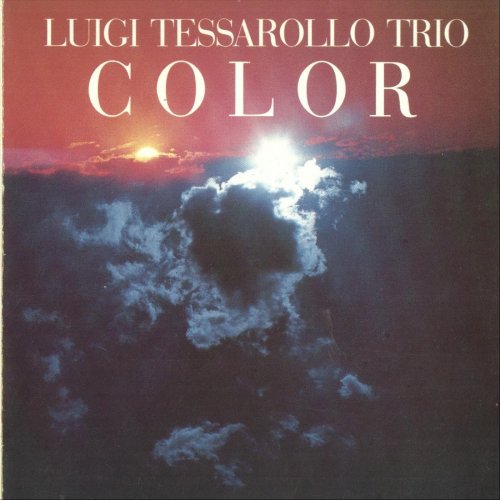
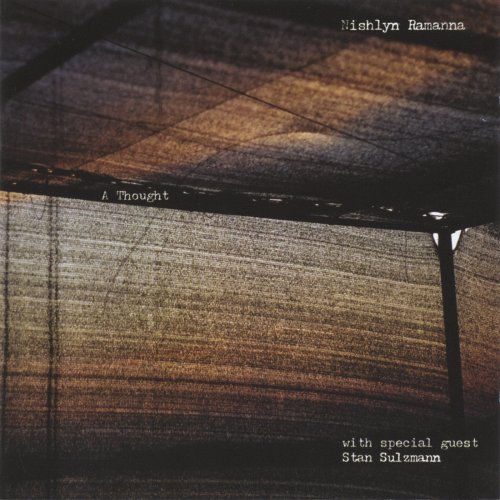
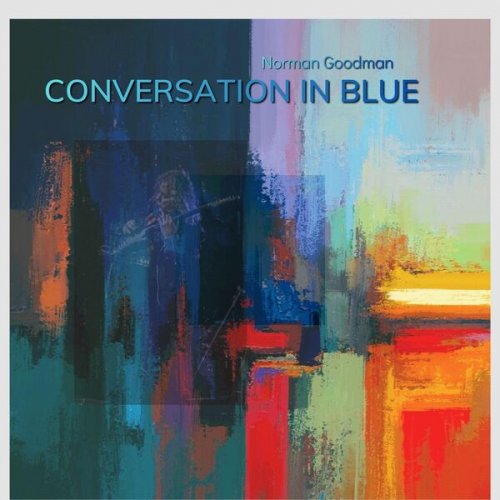
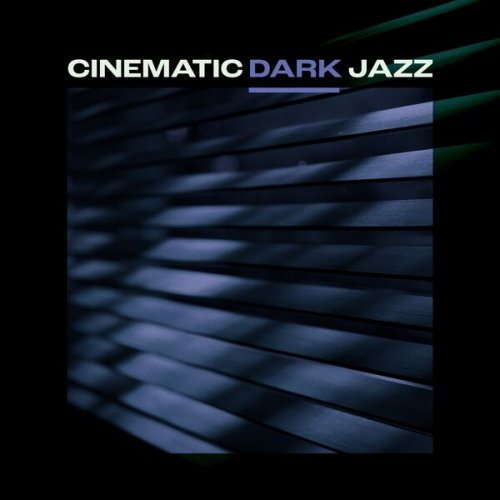
![Julián Mekler, Juan Saidón, Baptiste Stanek, Wes Georgiev, Martin Freiberg - Panorama (2025) [Hi-Res] Julián Mekler, Juan Saidón, Baptiste Stanek, Wes Georgiev, Martin Freiberg - Panorama (2025) [Hi-Res]](https://www.dibpic.com/uploads/posts/2025-12/1765496836_haep8ejv8rx3b_600.jpg)